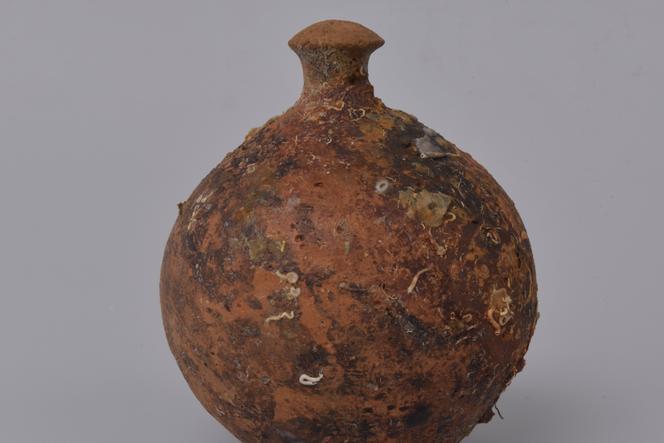


In July 1664, King Louis XIV, then just 25, launched a war against the Barbary pirates, the North African corsairs who held sway in the Mediterranean. It was the inglorious and little-known Djidjelli expedition, named after the Algerian port where thousands of men landed. A member of the Académie de Marine and former director of the Department of Underwater Archaeology, the larger-than-life Michel L'Hour described the events: Commanded by Louis XIV's first cousin the Duc de Beaufort, "who is said to have been sublimely handsome but tragically stupid, this expedition was an absolute failure due to misunderstandings between the VIPs of the king's army."
An emergency retreat was ordered involving the Lune, an old warship that had come to supply the expeditionary force and had to leave with all its cargo, plus hundreds of men. The ship took on water, and some of the crew spent their time bailing it out. On arrival in the southern port city of Toulon, this disgraced vessel was not allowed to disembark and was quarantined. But as soon as it set sail again, the Lune was hit by a storm and, according to a description at the time, "sank like marble." Of the 800 to 1,000 people on board, only around 20 survived.
This was followed by more than three centuries of oblivion until the 1993 discovery of the wreck, nearly intact, at a depth of over 90 meters. For L'Hour, "it's like an underwater Pompeii. In this liquid tomb lies an extraordinary reflection of Louis XIV's royal navy." This includes the crew, the soldiers, their possessions, the cargo and the ship's architecture.
But at these depths, excavating such a vessel would require some 50 specialists to dive, and it would be dangerous. So, for several years now, the Lune has served as a laboratory for robotic deep-water archaeology, an undertaking co-led by L'Hour and Olivia Hulot, with occasional samples taken by machines. In the meantime, the project is looking for sponsors and €8 to €10 million for a full-scale excavation campaign.
In 2022, during the last exploration, a strange ceramic object reminiscent of a large piggy bank was brought up. "I think it's a grenade," said L'Hour. "At the time, these were globular vases with a sealed stopper, which were filled with gunpowder. In combat, this terracotta stopper would be decapitated with a saber blow, and a fuse would be inserted and a wick lit."
A few days after this interview, L'Hour informed us of a surprising piece of news: The designer who is reproducing the grenade believes she "has detected the presence of a slot, apparently sealed, on the top of the object's belly. If this is the case, the piggy bank option is back on the table. The object is heavy and therefore contains something, but is it coins that have welded together in a single concretion or powder that has agglomerated and solidified?" The mystery should be solved once the object has been X-rayed.
